Emergence of Recreational Use
The recreational use of walkie talkies is gaining traction, particularly among outdoor enthusiasts, families, and event organizers. This segment of the walkie talkie market is characterized by a growing interest in activities such as hiking, camping, and sporting events, where reliable communication is essential. The market for consumer-grade walkie talkies is projected to grow by approximately 5% annually, driven by the increasing popularity of outdoor activities. As more individuals seek to stay connected without relying on cellular networks, the walkie talkie market is likely to see innovations tailored to recreational users, including lightweight designs and user-friendly interfaces. This trend indicates a diversification of the market, appealing to a broader audience beyond professional applications.
Growing Demand in Emergency Services
The walkie talkie market experiences a notable surge in demand from emergency services, including police, fire departments, and medical responders. These organizations rely on efficient communication tools to ensure rapid response times and coordination during critical situations. The market for walkie talkies in this sector is projected to grow at a CAGR of approximately 7% over the next five years. This growth is driven by the need for reliable communication devices that can function in various environments, including urban and rural settings. As emergency services increasingly adopt advanced communication technologies, the walkie talkie market is likely to see innovations that enhance functionality and durability, catering specifically to the rigorous demands of first responders.
Focus on Cost-Effectiveness and Value
Cost-effectiveness remains a pivotal driver in the walkie talkie market, particularly for businesses seeking reliable communication solutions without incurring excessive expenses. Organizations are increasingly evaluating the total cost of ownership, which includes initial purchase price, maintenance, and operational costs. The walkie talkie market is responding to this demand by offering a range of products that cater to different budget levels, ensuring accessibility for small and medium-sized enterprises. As companies recognize the value of investing in durable and efficient communication tools, the market is likely to see a rise in demand for affordable yet high-quality walkie talkies. This focus on value is expected to shape purchasing decisions and influence market dynamics.
Technological Advancements in Communication
Technological advancements play a crucial role in shaping the walkie talkie market, as manufacturers continuously innovate to meet evolving consumer needs. The integration of digital technology, such as digital mobile radio (DMR) and enhanced audio quality, is transforming the capabilities of walkie talkies. These advancements not only improve communication clarity but also extend the range and battery life of devices. The walkie talkie market is witnessing a shift towards smart devices that incorporate features like text messaging and location tracking. As technology continues to evolve, the market is expected to attract new users who seek modern communication solutions, thereby expanding its reach across various sectors.
Increased Adoption in Construction and Industrial Sectors
The construction and industrial sectors are significant contributors to the walkie talkie market, as these industries require robust communication solutions for effective team coordination. The market is expected to expand as companies prioritize safety and efficiency on job sites. With an estimated market share of around 25% in the walkie talkie market, these sectors are increasingly investing in two-way radios that offer features such as noise cancellation and extended battery life. The integration of advanced technologies, such as Bluetooth and GPS, further enhances the appeal of walkie talkies in these environments. As safety regulations tighten, the demand for reliable communication tools in construction and industrial applications is anticipated to drive growth in the walkie talkie market.

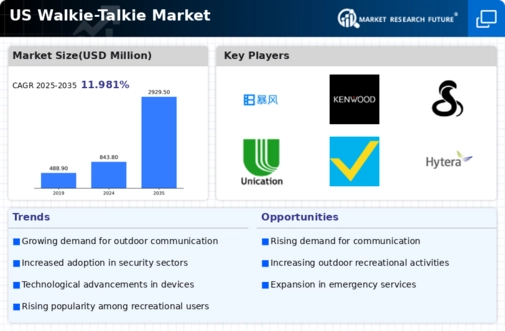

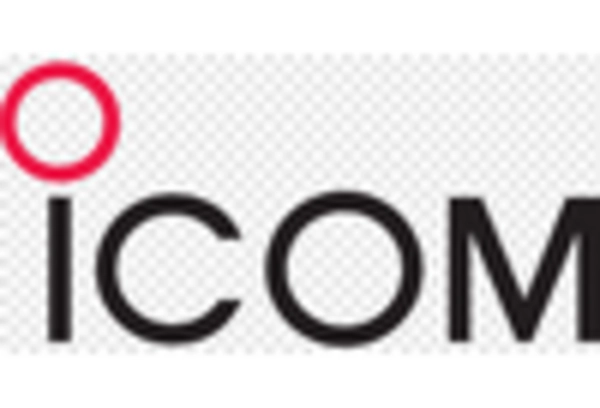
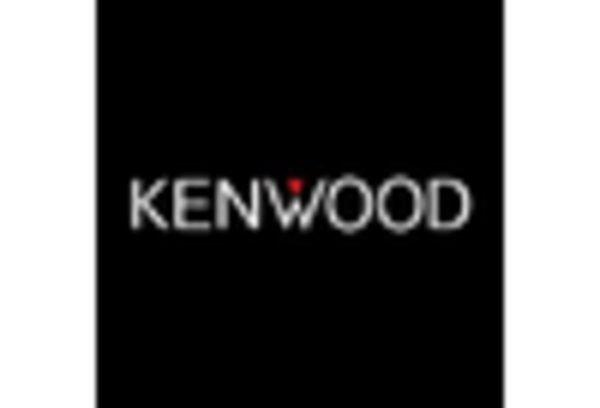
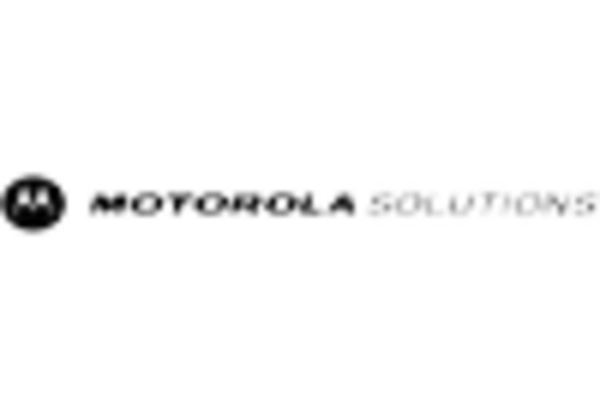
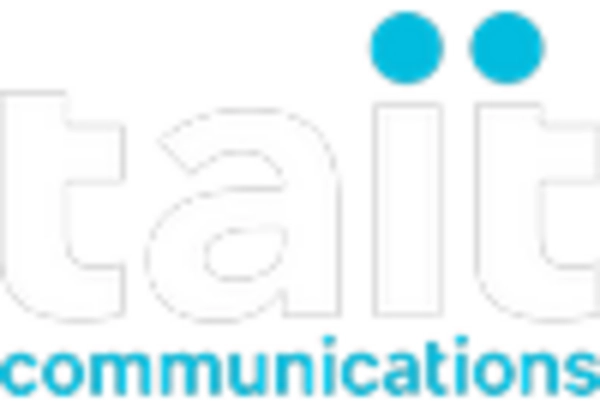
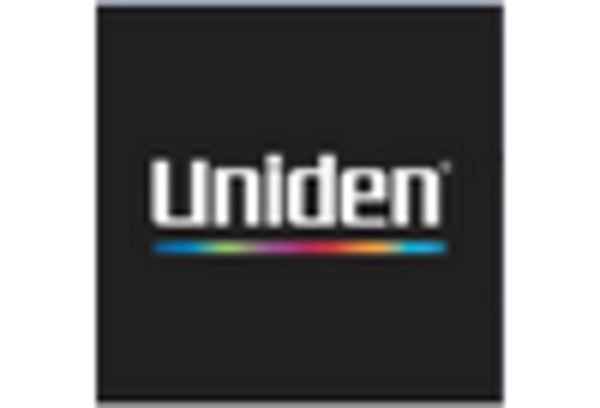








Leave a Comment